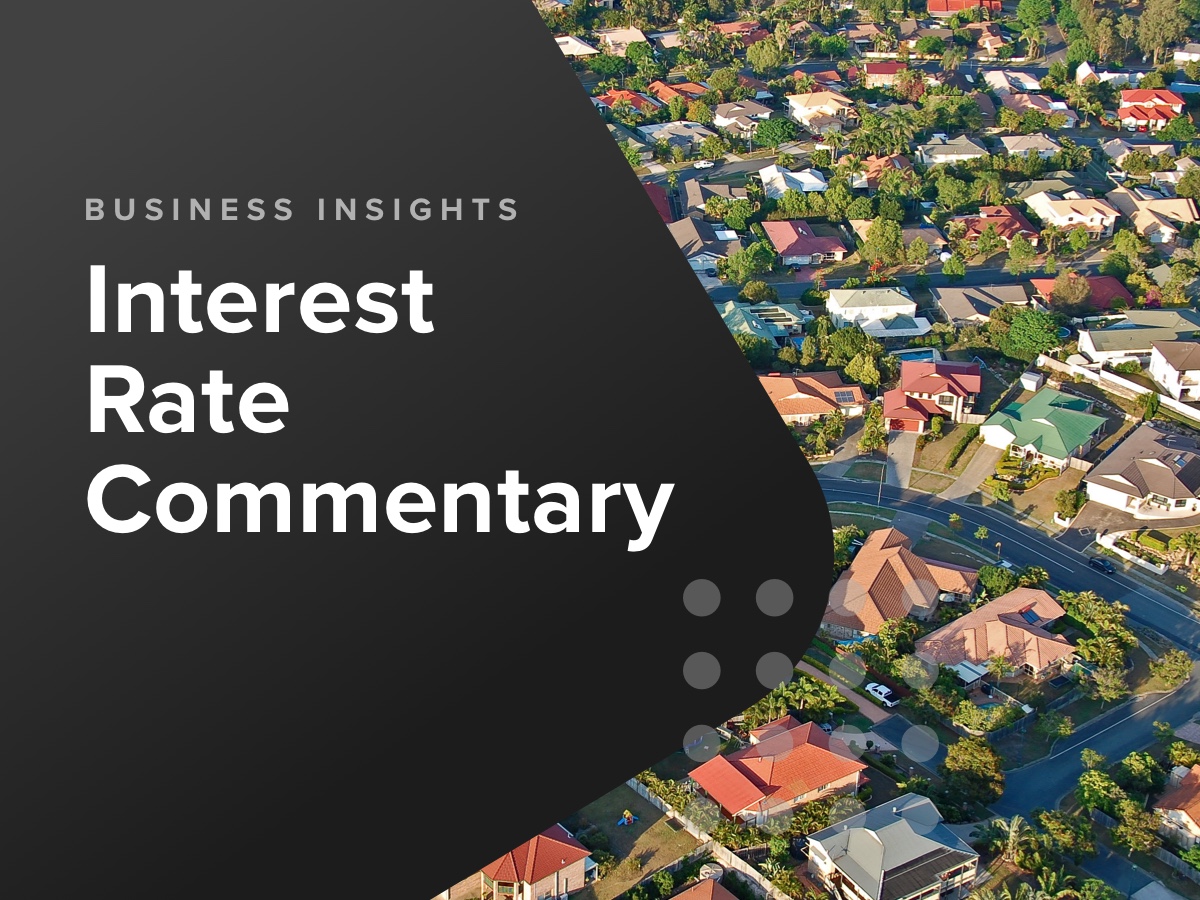Today’s Labour Force data will likely be taken as generally benign by both markets and the RBA. Trend unemployment remained flat at 4.0 per cent for four straight months now, while the trend employment to population ratio has been relatively steady at around 64.1 per cent since mid 2022.
This indicates that while jobs growth has been strong, it has broadly kept up with population growth since the re-opening of borders in mid 2022. The unemployment rate remains well below pre-COVID levels, and labour force conditions are still strong, though not over-heating. Overall, this is positive news for the RBA, which is keen to maintain strong employment while getting inflation back into the target band. The ultimate threading of the needle.
So far, it is succeeding on the employment side, but it remains to be seen if inflation can be pushed back in to the band at the current monetary policy setting.
All of CreditorWatch’s leading indicators derived through our Business Risk Index (BRI) data for June 2024 point to slowing business conditions over the next 12 months. Inventories are being run down, and the average value of invoices held by businesses has fallen 49.9 per cent over the year to June 2024.
We expect that with slowing business conditions, employment growth will slow down considerably over the latter half of 2024 and in to 2025, pushing the unemployment rate up. In terms of the fight against inflation, this is good news. And given that the unemployment rate will be rising off such a low base, the RBA still has a chance of maintaining of claiming close to full employment, even if the unemployment rate reaches 4.5 per cent.

Get started with CreditorWatch today
Take your credit management to the next level with a 14-day free trial.

